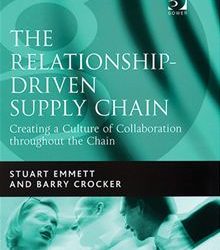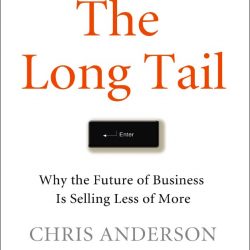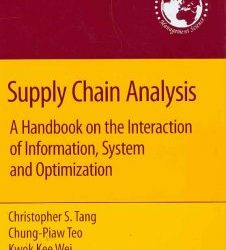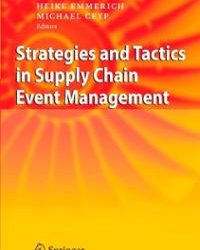Measuring the Value of the Supply Chain
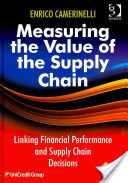
Enrico Camerinelli, senior analyst at the Celent Banking Group, has recorded his experiences with the financial supply chain in a book. He describes the bridge between the supply chain manager and the CFO as being threefold: 1) it is hard to translate qualitative standards for such things as reliability, responsiveness and flexibility into financial indicators; 2) there is no unique set of numbers or unique measurement instrument to monitor the performance and efficiency of the supply chain; 3) there is a lack of similarly-named definitions for the measurement system and for the co-ordination between the supply chain and the financial side.
Camerinelli arrives at these three issues after having explained the basis of supply chain management and having linked it to the influence of supply chain operations on the financial aspects, like shareholders’ value, financial indicators, profit and loss account and the balance sheet.
In the second part of the book, he discusses various measurement methods; the second chapter is dedicated to the SCOR model. This is how Camerinelli succeeds at providing the CFO and the supply chain manager with a toolset for finding a joint principle for measuring the value of the supply chain. This book, too, concludes by expressing the necessity for a new type of collaboration that focuses on trust, speaking the same language and sharing value.



